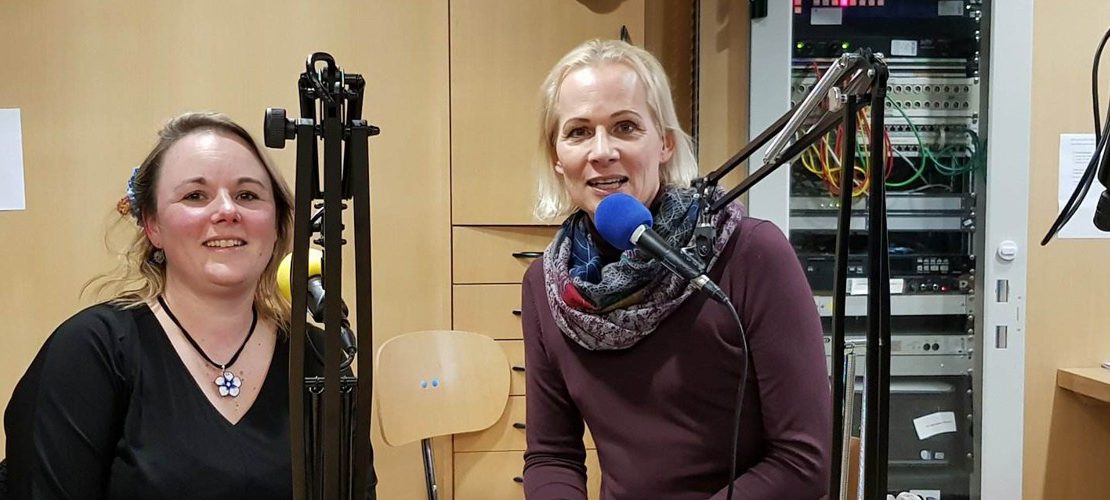
 Where a gene becomes assigned to a gene family (of paralogs), and the nomenclature of the family is established. In cases where a gene has been known only as, and named for, a mutant phenotype: when the mutated gene is identified, then the mutant name becomes the mutant allele name of the identified gene (see Section 3.1.2). However there are certain circumstances where a change is desirable: On the whole gene names should be stable that is, they should not be changed over time. Section 6 presents definitions that will aid the user in distinguishing, for example, genes, loci, markers, and alleles. It is important that the user understands what is being named and the principles underlying these guidelines. identify the gene as the ortholog of a gene in another mammal (usually human). identify the gene as a member of a family, which may give further information about the gene. Other, secondary, functions of nomenclature for genes are to: These guidelines, therefore, are intended to aid the scientific community as a whole to use genetic information. The primary purpose of a gene or locus name and symbol is to be a unique identifier so that information about the gene in publications, databases and other forms ofĬommunication can be unambiguously associated with the correct gene. Similarly, probes or assays used to detect a gene are not primary features and should not normally be used as names. Other features, such as alleles, variants and mutations, are secondary to the gene name and becomeĪssociated with it. The key component of nomenclature is the gene or locus name and symbol, which identifies a unit of inheritance. Table of Contentsġ.5 Gene symbols, proteins, and chromosome designations in publicationsĢ.4 Structural Genes, Splice Variants, and PromotersĢ.4.3 Antisense and Opposite Strand GenesĢ.4.4 Genes with Homologs in Other SpeciesĢ.6.1 Families Identified by HybridizationĢ.6.2 Families Identified by Sequence ComparisonĢ.10 Quantitative Trait Loci, Resistance Genes, and Immune Response GenesĢ.11.2 Centromeres and Pericentric HeterochromatinĢ.13 RNA Housekeeping Genes Encoded in the NucleusĢ.16 Enhancers, Promoters, and Regulatory Regionsģ Names and Symbols for Variant and Mutant Allelesģ.1.1 Genes Known Only by Mutant Phenotypesģ.1.2 Phenotypes Due to Mutations in Structural Genesģ.2.3 Single Nucleotide Polymorphisms (SNPs)ģ.3 Variation in Quantitative Trait Loci and in Response and Resistance Genesģ.5.1 Knockout, Knockin, Conditional and Other Targeted MutationsĤ.2 Intergenic insertion sites used as "neutral" recipient sequence landing sitesĥ Transposon-induced Mutations and Insertsĥ.1 Transgenic Transposable Element (TE) Concatamersġ Principles of Nomenclature 1.1 Key Features To see previous versions of these guidelines (last revised in December 2015), click here. Nomenclature guidelines are now reviewed and updated annually by the two International Committees current guidelines can be
Where a gene becomes assigned to a gene family (of paralogs), and the nomenclature of the family is established. In cases where a gene has been known only as, and named for, a mutant phenotype: when the mutated gene is identified, then the mutant name becomes the mutant allele name of the identified gene (see Section 3.1.2). However there are certain circumstances where a change is desirable: On the whole gene names should be stable that is, they should not be changed over time. Section 6 presents definitions that will aid the user in distinguishing, for example, genes, loci, markers, and alleles. It is important that the user understands what is being named and the principles underlying these guidelines. identify the gene as the ortholog of a gene in another mammal (usually human). identify the gene as a member of a family, which may give further information about the gene. Other, secondary, functions of nomenclature for genes are to: These guidelines, therefore, are intended to aid the scientific community as a whole to use genetic information. The primary purpose of a gene or locus name and symbol is to be a unique identifier so that information about the gene in publications, databases and other forms ofĬommunication can be unambiguously associated with the correct gene. Similarly, probes or assays used to detect a gene are not primary features and should not normally be used as names. Other features, such as alleles, variants and mutations, are secondary to the gene name and becomeĪssociated with it. The key component of nomenclature is the gene or locus name and symbol, which identifies a unit of inheritance. Table of Contentsġ.5 Gene symbols, proteins, and chromosome designations in publicationsĢ.4 Structural Genes, Splice Variants, and PromotersĢ.4.3 Antisense and Opposite Strand GenesĢ.4.4 Genes with Homologs in Other SpeciesĢ.6.1 Families Identified by HybridizationĢ.6.2 Families Identified by Sequence ComparisonĢ.10 Quantitative Trait Loci, Resistance Genes, and Immune Response GenesĢ.11.2 Centromeres and Pericentric HeterochromatinĢ.13 RNA Housekeeping Genes Encoded in the NucleusĢ.16 Enhancers, Promoters, and Regulatory Regionsģ Names and Symbols for Variant and Mutant Allelesģ.1.1 Genes Known Only by Mutant Phenotypesģ.1.2 Phenotypes Due to Mutations in Structural Genesģ.2.3 Single Nucleotide Polymorphisms (SNPs)ģ.3 Variation in Quantitative Trait Loci and in Response and Resistance Genesģ.5.1 Knockout, Knockin, Conditional and Other Targeted MutationsĤ.2 Intergenic insertion sites used as "neutral" recipient sequence landing sitesĥ Transposon-induced Mutations and Insertsĥ.1 Transgenic Transposable Element (TE) Concatamersġ Principles of Nomenclature 1.1 Key Features To see previous versions of these guidelines (last revised in December 2015), click here. Nomenclature guidelines are now reviewed and updated annually by the two International Committees current guidelines can be 
Rat Genome and Nomenclature Committee agreed to unify the rules and guidelinesįor gene, allele, and mutation nomenclature in mouse and rats.

In 2003, the International Committee on Standardized Genetic Nomenclature for Mice and the Rules for rat genetic nomenclature were first published by the Committee on Rat Nomenclature in 1992 and then by Levan et al. Users should be advised, however, that this web version represents the current nomenclature policies of the International Committee for Standardized Genetic Nomenclature for Mice and takes precedent over previously published versions. The most recent publication of mouse nomenclature guidelines can be found in Eppig (2006). Rules for mouse genetic nomenclature were first published by Dunn, Gruneberg, and Snell (1940) and subsequent revisions published by the International Committee for Standardized Genetic Nomenclature in Mice (1963, 1973, 1981, 1989, 1996). (e-mail: Rat Genome and Nomenclature Committee Guidelines for Nomenclature of Genes, Genetic Markers, Alleles, and Mutations in Mouse and Rat Revised: September, 2021 International Committee on Standardized Genetic Nomenclature for Mice







 0 kommentar(er)
0 kommentar(er)
